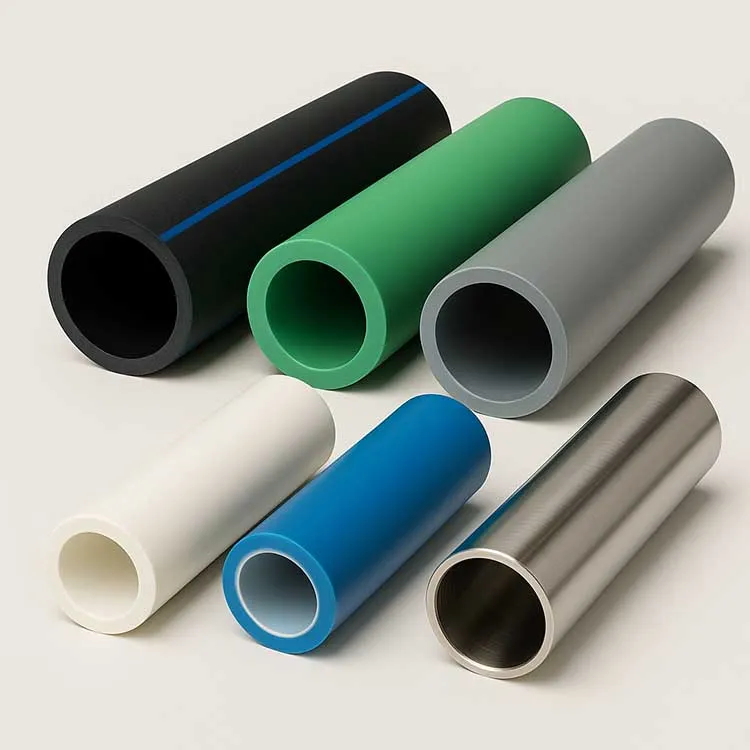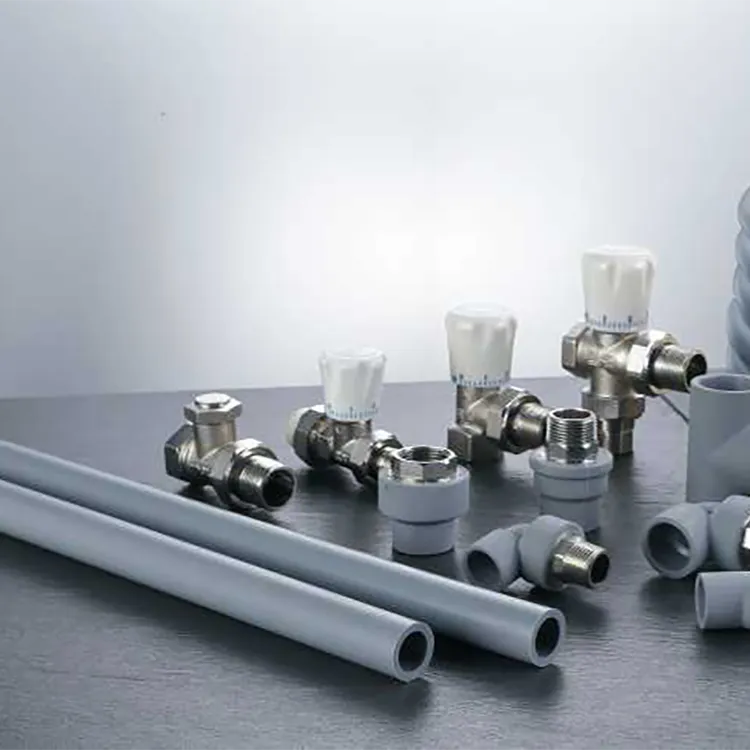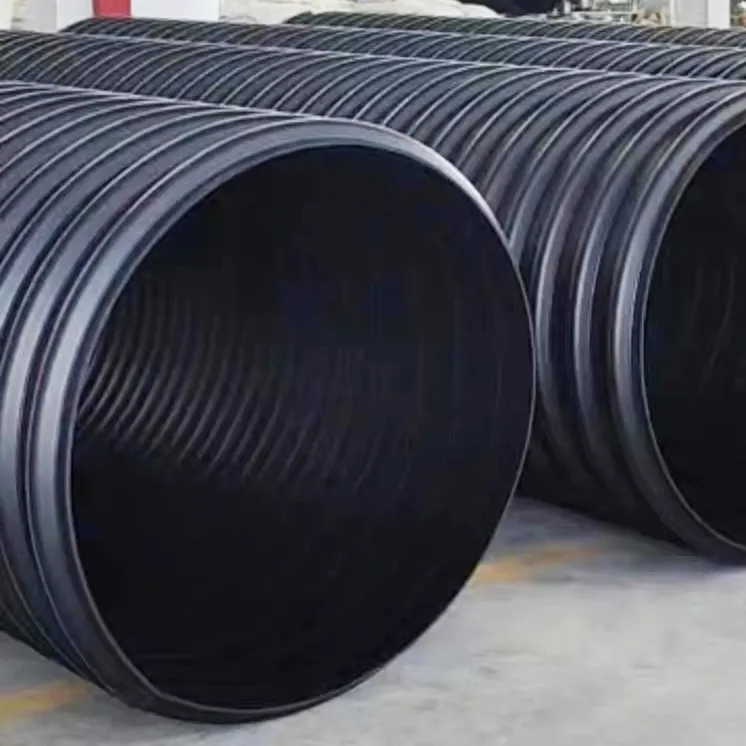There are several types of plastic welders, each with their own unique set of characteristics and capabilities.
The most common types of plastic welders include:
Hot Air Welders: These welders use hot air to heat and melt the plastic, which is then fused together. They are commonly used for welding thermoplastics such as PVC and ABS.
Hot Plate Welders: These welders use a heated plate to heat and melt the plastic, which is then fused together. They are commonly used for welding thermoplastics such as HDPE and PP.
Ultrasonic Welders: These welders use high-frequency sound waves to generate heat and melt the plastic, which is then fused together. They are commonly used for welding thermoplastics such as nylon and PET.
Solvent Welders: These welders use solvents to dissolve and soften the plastic, which is then fused together. They are commonly used for welding thermoplastics such as PVC and ABS.
Spin Welders: These welders use a spinning motion to generate heat and melt the plastic, which is then fused together. They are commonly used for welding thermoplastics such as HDPE and PP.

Each type of plastic welder has its own set of advantages and disadvantages, depending on the specific application and the type of plastic being welded. Hot air welders and hot plate welders are commonly used for welding large and thick plastic parts, while ultrasonic welders are used for welding small and thin plastic parts. Solvent welders are commonly used for welding PVC pipes and fittings, while spin welders are used for welding small plastic parts such as caps and closures.
The most common used plastic welder methed, hot plate welder
Hot plate welders are a type of plastic welder that uses a heated plate to heat and melt the plastic, which is then fused together. They are commonly used for welding thermoplastics such as HDPE and PP. You can see it in your day life, like plumbing and house furnish.
The basic principle of a hot plate welder is that two plastic parts are placed between a heated plate and a pressure plate. The heated plate melts the surface of the plastic, while the pressure plate applies pressure to the melted plastic, which causes it to fuse together.
The advantage of hot plate welding
One of the main advantages of hot plate welding is its versatility. Hot plate welders can be used to weld a wide variety of thermoplastic materials, including HDPE, PP, PVC, ABS, and many others.
Additionally, Hot plate welding is a reliable method for producing strong and durable welds. The process allows for a good control of the temperature, ensuring that the plastic reaches the ideal melting point for welding. They also have a good range of welding thickness, can weld from very thin to very thick parts.
Another advantage is that Hot plate welding process is relatively fast, this can be a very important factor in a production environment, since it can increase the overall efficiency and productivity.
One potential drawback of hot plate welding is that the process can produce a slight amount of warping or distortion in the plastic parts. This can be mitigated by using a lower temperature or by using specialized welding tools that can help to prevent warping.

Conclusion
In conclusion, the choice of plastic welder will depend on the specific application and the type of plastic being welded. It's recommended to evaluate the needs and requirements of the specific project before selecting a welder, and consulting with an expert or manufacturer of the plastic welding equipment can also be helpful.



981.webp)

 (1)379.webp)

294.webp)
476.webp)
420.webp)
146.webp)
460.webp)
287.webp)
274.webp)
688.webp)


